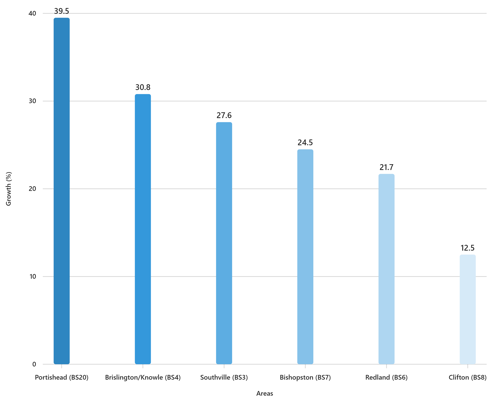Bristol's housing market now offers more choice with measured growth, experiencing a decade-high level of buyer choice, prompting sellers to adopt more competitive pricing strategies. With buyers now able to compare a wider range of listings, overpriced homes stand out quickly.
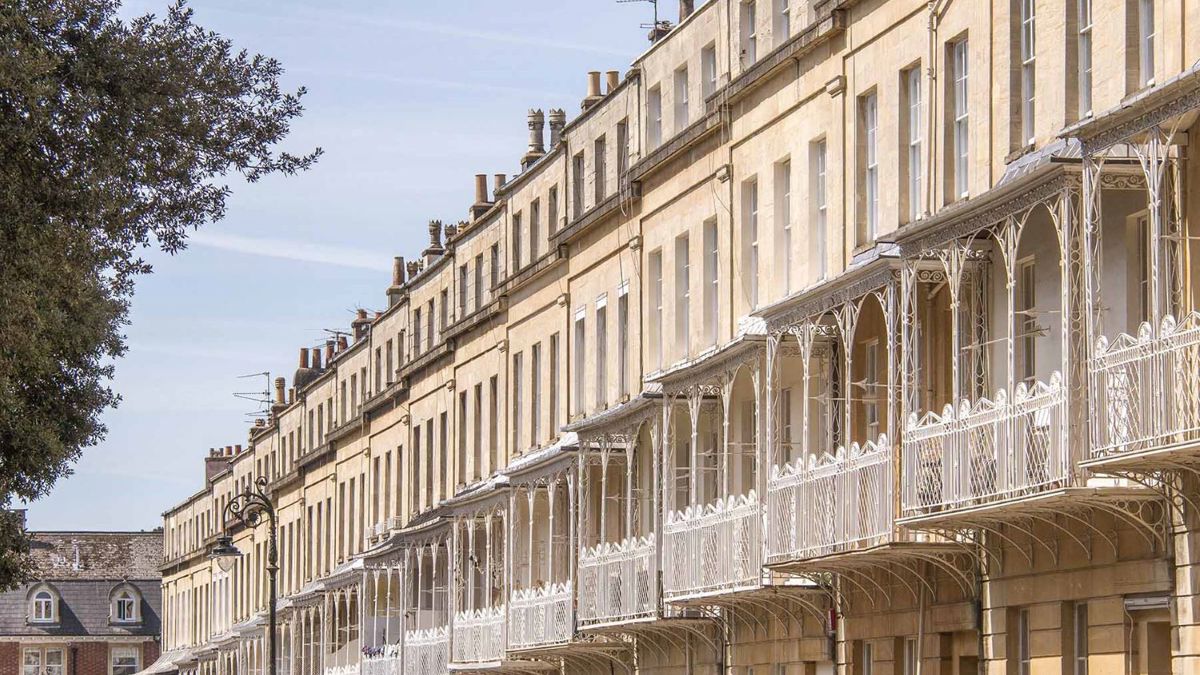
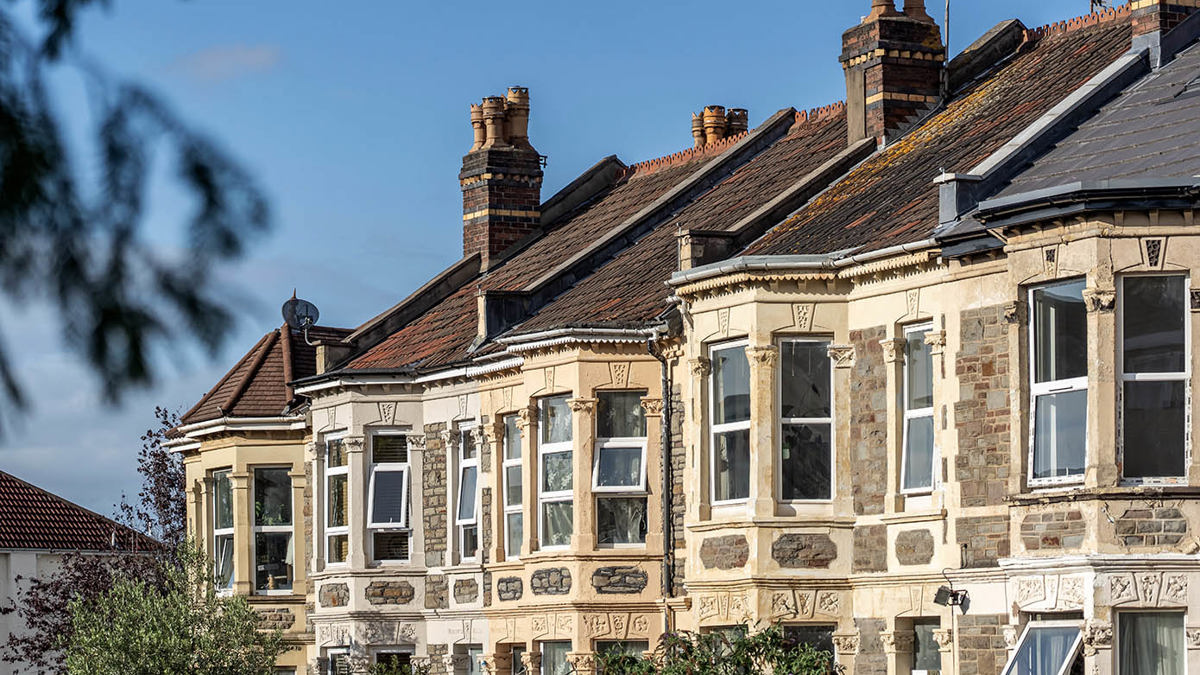
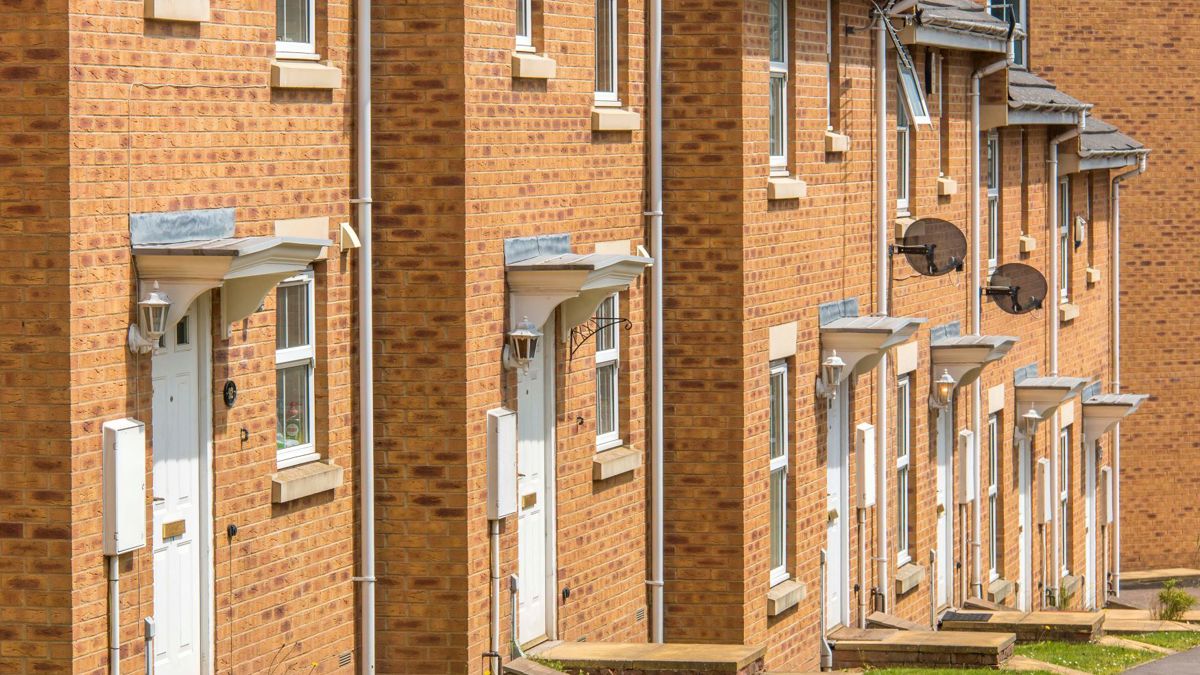
Bristol, North Somerset and South Gloucestershire prices
This surge in supply is moderating price growth, prompting a downward revision in annual asking price forecasts. Bristol's market resilience remains strong, supported by improving affordability.
5-Year House price trends: Big gains in emerging areas
While short-term growth has been modest, looking at the past 3-5 years reveals significant capital appreciation across our region. Virtually all highlighted districts have seen double-digit price rises since 2019, despite the recent cooldown. Notably, some historically “up-and-coming” areas have outperformed the pricier postcodes in percentage terms.
Five-year cumulative growth (2019-2025)
- Portishead (BS20): +39.5%
- Brislington/Knowle (BS4): +30.8%
- Southville/Bedminster (BS3): +27.6%
- Bishopston/Horfield (BS7): +24.5%
- Redland/Cotham (BS6): +21.7%
- Clifton (BS8): +12.5%
(Source: HM Land Registry, year to Spring 2025)
Current average prices & market snapshot
Portishead (BS20): Avg. sale price £361,443. Houses avg. £448,844. Flats avg. £232,875. Highest sale: £2.4M house, £740K flat.
Weston-super-Mare (BS22/23): Avg. £257,075. Houses avg. £293,300. Flats avg. £167,001. Highest sale: £1.1M house.
Brislington/Knowle (BS4): Avg. £384,393. Houses avg. £419,264. Flats avg. £224,555. Highest sale: £1.17M house.
Southville (BS3): Avg. £432,466. Houses avg. £501,139. Flats avg. £271,196. Highest sale: £905K house.
Even traditionally higher-priced inner suburbs like Redland (BS6) and Bishopston (BS7) saw strong gains of 22-25% since 2019, outperforming Clifton (BS8), which rose a more modest 12.5% - likely because prices were already high, leaving less room for big percentage jumps.
Citywide Perspective
Overall, Bristol’s average house price is about 19% higher than in 2020 and roughly 30% higher than five years ago, underscoring strong long-term market momentum despite recent headwinds.
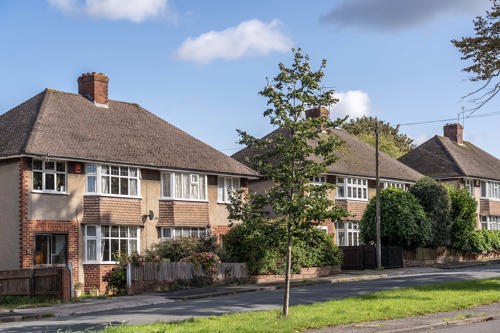
National
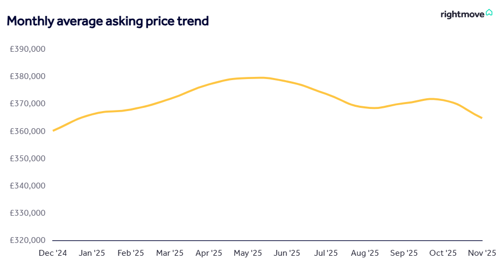
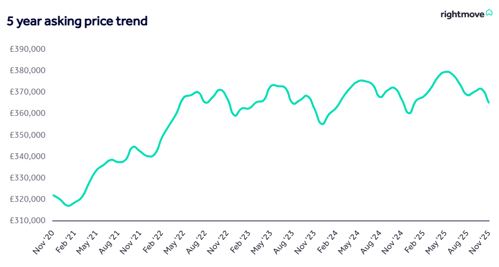
According to the latest UK House Price Index from the Office for National Statistics (ONS):
The average UK house price is now £272,000, reflecting a 2.6% year-on-year increase as of September 2025. This marks a slight slowdown from 3.1% annual growth in August, but overall prices remain resilient despite recent uncertainty.
Meanwhile, Rightmove has revised its 2025 price forecast down from +4% to +2%, citing "a decade-high level of homes for sale and strong competition among sellers, which is limiting upward price movement. Asking prices in November fell by 1.8% month-on-month, the sharpest November drop since 2012, as sellers adjust expectations to secure buyers in a crowded market.”
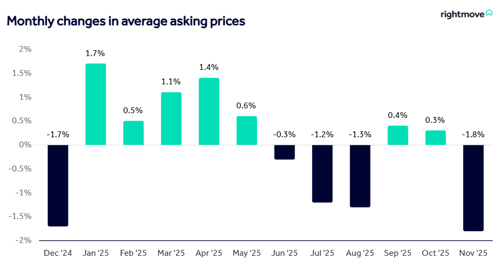
“It’s important to remember that among records and national trends, Great Britain’s housing market is made up of thousands of diverse local markets, each uniquely responding to market changes" Colleen Babcock, property expert at Rightmove
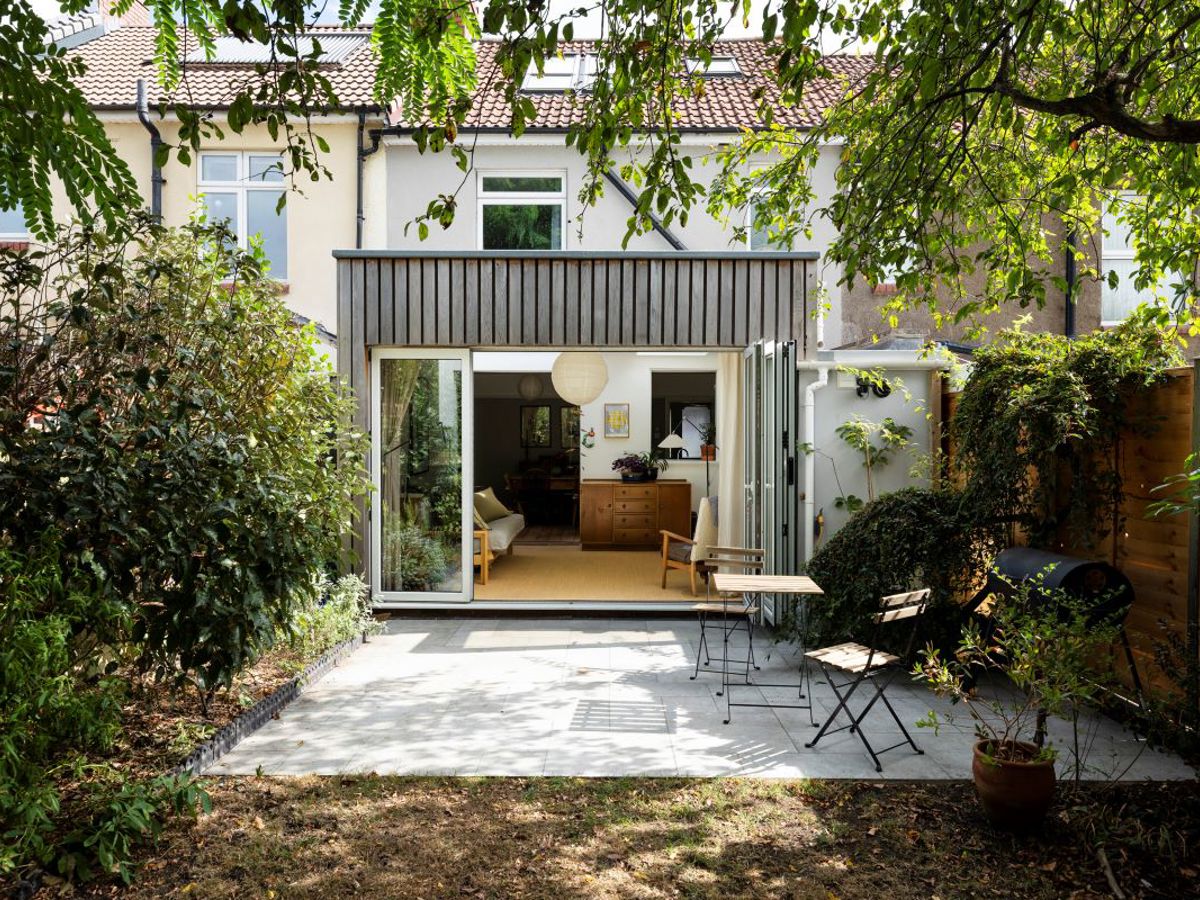
Home Valuation
Curious to know your home's sale or rental value?
We're here to help...
